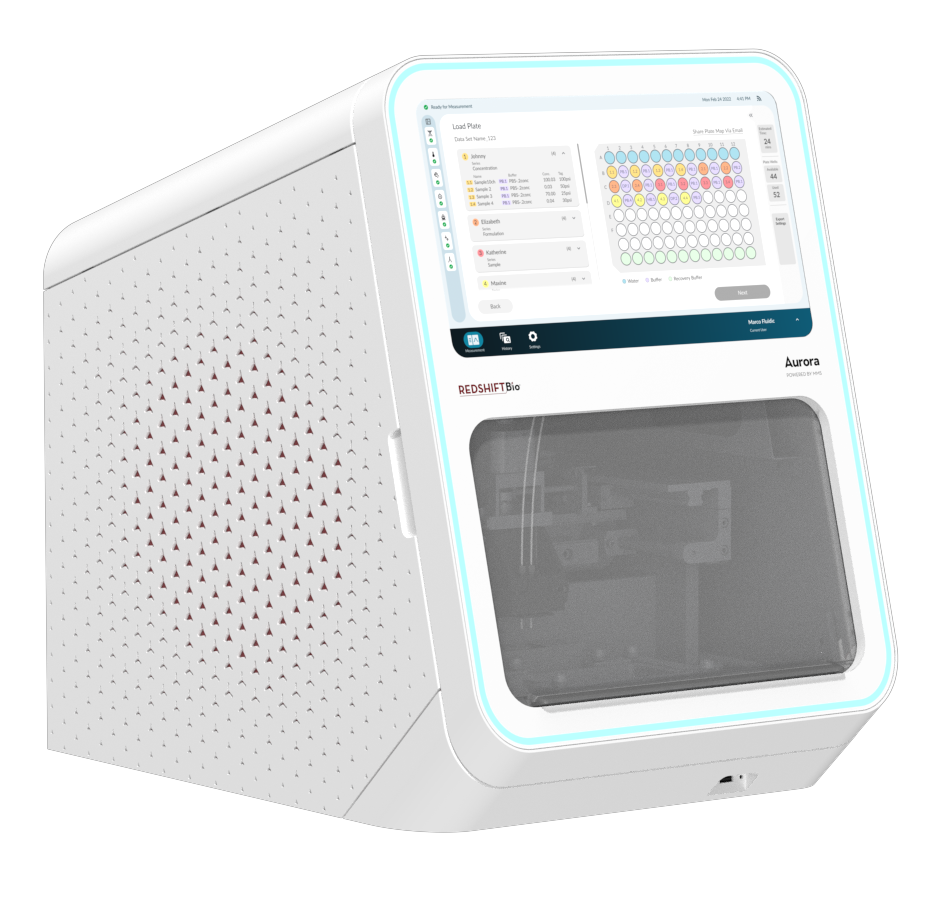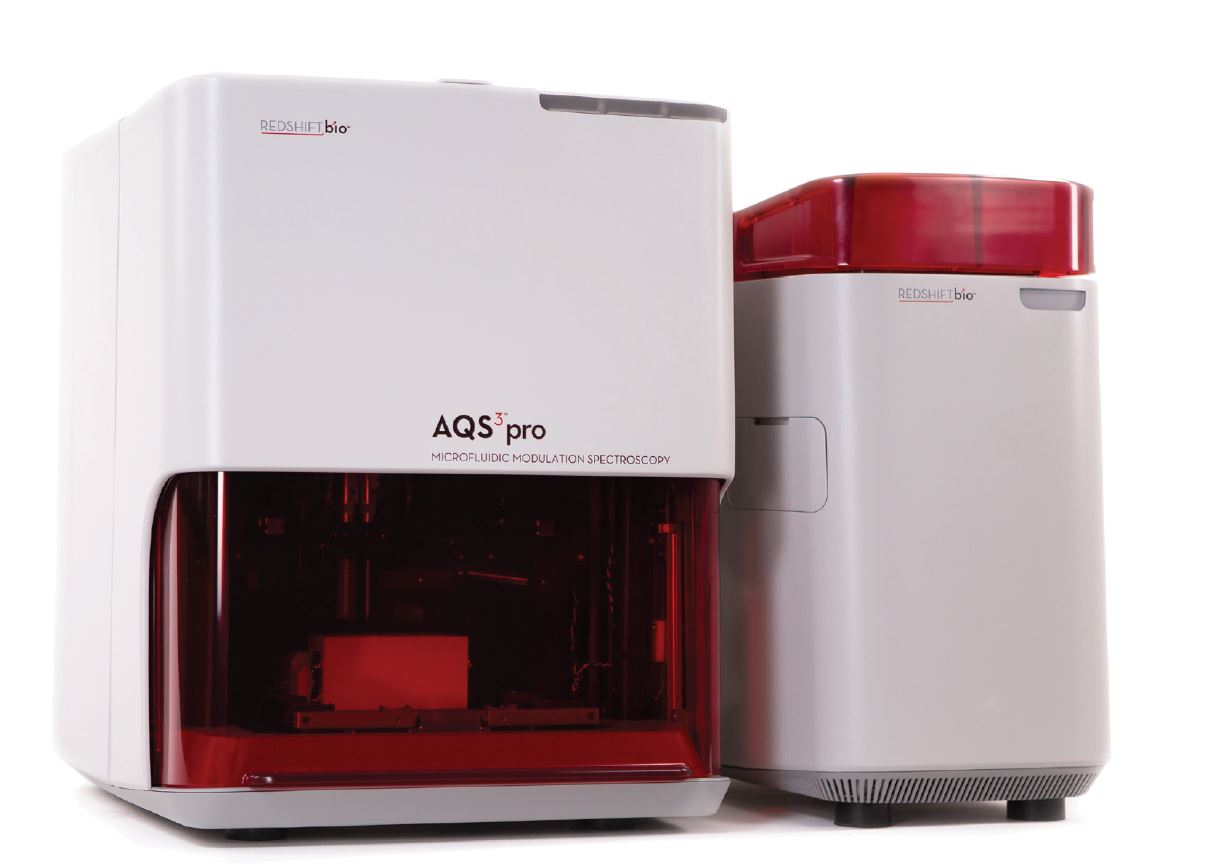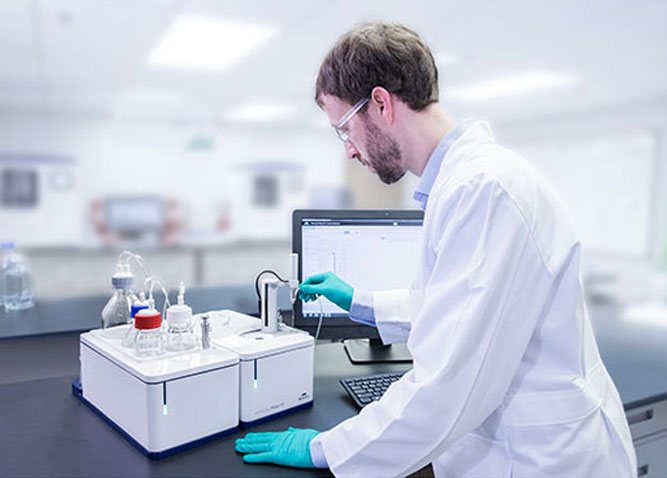RedShiftBio Apollo
The RedShiftBio Apollo uses MMS technology to provide ultra-sensitive, ultra-precise measurements of the structure of biomolecules even more rapidly with advanced software and analytics features.


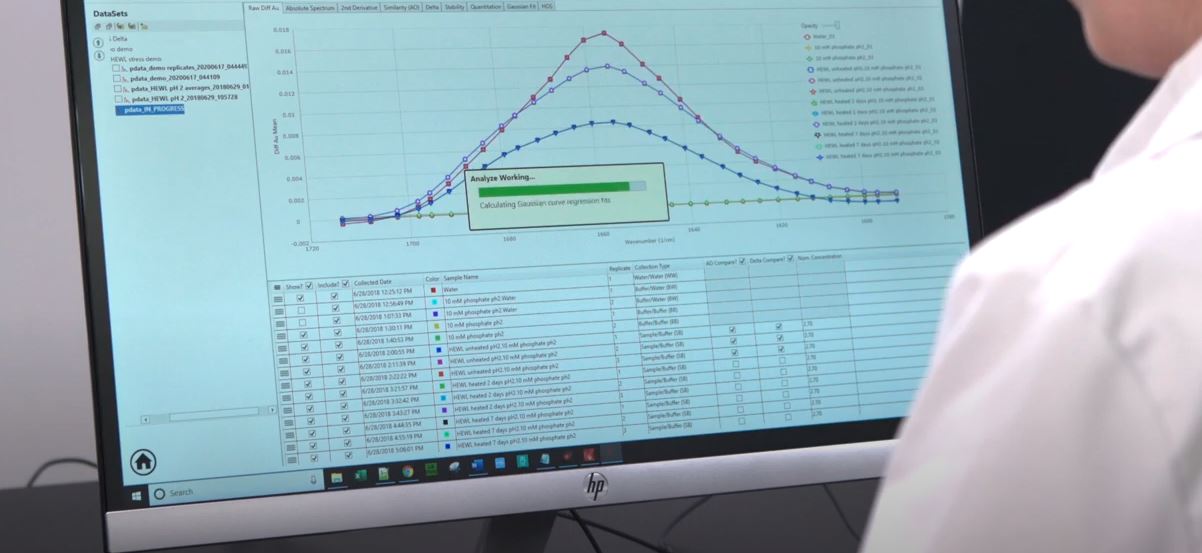
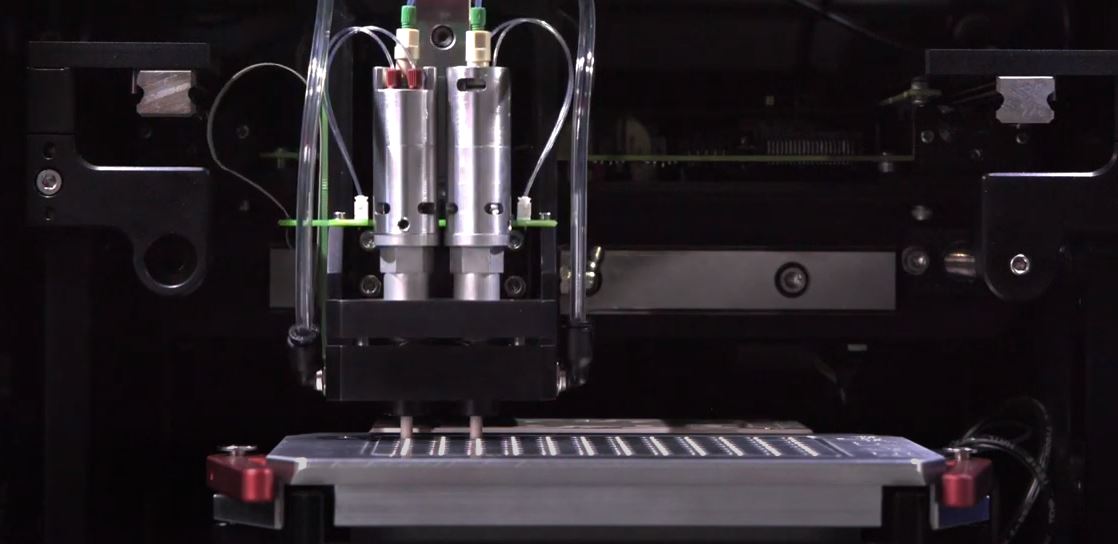

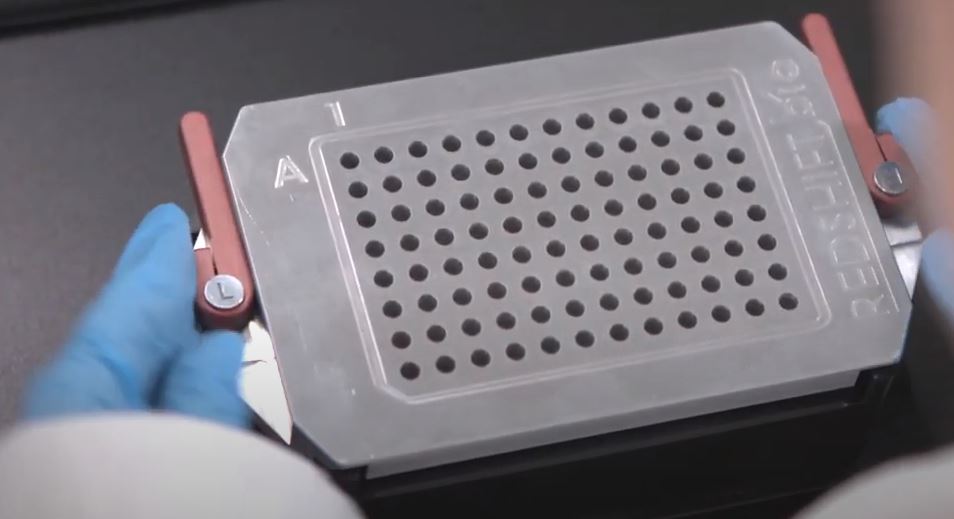


RedShiftBio Apollo
The RedShiftBio Apollo uses MMS technology to provide ultra-sensitive, ultra-precise measurements of the structure of biomolecules even more rapidly with advanced software and analytics features.
| Manufacturer | RedShiftBio |
|---|---|
| Product Series | Apollo |
| Measurement principle | Microfluidic Modulation Spectroscopy (MMS) |
| Application | Protein Conformation |
| Sample type | Proteins, Peptides, mAbs, ADCs, AAVs, and mRNA |
| Concentration Range | 0.1 to >200 mg/mL |
| Typical Analysis Time for 3 Replicates | 18 minutes |
| Automation | 96-Well and 24-Well Plate Formats |
Product Overview
The RedShiftBio Apollo is the latest system using ground-breaking MMS technology. Built upon the first generation AQS3Pro, Apollo provides ultra-sensitive, ultra-precise measurements of the structure of biomolecules through a novel technology called Microfluidic Modulation Spectroscopy (MMS), now even more rapidly, with less sample volume, and with improved software and analytics features.
MMS overcomes many of the limitations of existing technologies in a typical biophysical characterisation toolkit with ultra-sensitive and highly reproducible structural measurements of proteins and other biomolecules. Users can compare higher-order structure and similarity profiles for confidence in structural similarity and activity to inform discovery, screening, formulation, and quality control in biopharmaceutical drug development. It can be used for a wide range of biomolecules from mAb-based biotherapeutics to robust measurements of antibody–drug conjugates (ADCs), adeno-associated viruses (AAVs), and mRNA.
- BENEFITS
- Applications
- CUSTOMER TESTIMONIAL
BENEFITS
- Accurate and reproducible measurements with broad concentration range from 0.1 mg/ml to >200 mg/ml allows measurements in native conditions
- 20x faster and 30x more sensitive to changes in structure than CD or FTIR
- Real-time buffer subtraction minimizes background noise and interference from excipients
- Dramatically reduced sample volume requirements from first-generation AQS3Pro
- Up to 47 samples in triplicate for structure, similarity, and stability on a completely automated, walk-away platform
- HOS of a wide range of biomolecules including proteins, peptides, antibodies, mRNA, ADCs, and AAVs to identify and predict structural changes that may occur under development, formulation, and storage conditions
- Compare HOS and similarity profiles for biosimilars, innovators, parent, and variant compounds for confidence in structural similarity and activity to inform screening activities upstream and formulation development downstream
- Save time and money by collecting spectral data in individual wavenumber increments across the Amide I band to monitor and detect undesired changes at any point during drug development and manufacturing
- Balance sensitivity with precision for high and low viscosity samples via flexible 96 and 24-well plate formats
- Free up valuable time by scheduling routine maintenance such as system washing, laser calibration, and error handling to run unattended
Applications
Aggregation – This is a common indicator of protein instability, which can result in a therapeutic product being unfit for launch. MMS is one of the only techniques which can directly monitor the formation of aggregates due to its ability to measure intermolecular beta-sheet structures.
Quantitation of protein concentration – The structure and behavior of proteins in solution can be a function of their concentration, therefore the ability to accurately quantify protein concentration allows better comparison between different proteins and formulations. MMS’s high resolution (<0.001 cm-1) and low stray light susceptibility increases the linear concentration range for the measurement by more than 2 orders of magnitude. With a minimum measurable concentration of less than 10 μg/mL and an upper limit of greater than 200 mg/mL, this technique offers a significant improvement over conventional absorbance-based assays.
Protein Higher Order Structure (HOS) – During manufacturing, biopharmaceutical proteins may undergo conformational changes which can alter their secondary structure and therefore their function. MMS has the ability to detect these changes with great sensitivity, in the formulation buffer and at the concentration of interest, without the need for dilution or deuteration. MMS offers detailed information on which structural motifs in the protein molecule are changing, to help guide the development of more stable protein molecules and formulations.
Protein Stability – Measuring how stable a protein is to thermal or chemical exposure during manufacturing and storage is critical. Structural changes can lead to decreases in potency, degradation of the product, and increases in impurities and aggregates which can be extremely harmful. MMS technology enables the accurate assessment of the stability of the protein throughout the entire formulation, development, and manufacturing process, reducing risks and enabling control strategies for each critical quality attribute (CQA).
Biosimilarity – Along with functional comparisons, measurement and analysis of the structural similarity between proteins is an effective method of demonstrating bioequivalence. MMS measures protein secondary structure, reveals very small conformation differences between different proteins, and provides information as to where those differences occur. These capabilities make MMS a powerful tool in the analysis and development of biosimilars.
POSTER : MMS EVALUATION OF HOS FOR IGG SAMPLES SPIKED WITH BSA
CUSTOMER TESTIMONIAL

Revolutionising protein structural analysis: the RedShiftBio MMS technique
“I was very lucky to have access to MMS technology during my PhD,” Kim said. “It addressed the limitations of traditional protein structural analysis techniques with its accuracy and the ability to measure a wide range of protein concentrations and has enabled the precise characterisation of complex food formulations, particularly those involving plant proteins.” Read full article here https://bit.ly/45jmoJq
Product Enquiry
SPEAK TO OUR AUSTRALIAN AND NEW ZEALAND TEAM
If you would like to enquire about this product, fill out this form and one of our product specialists will contact you shortly.
If you need help in the operation or repair of an instrument then please contact the Customer Help Centre directly.
Please note, product enquiries are only applicable to Australia, New Zealand, Papua New Guinea and Fiji
Or call us instead at (02) 9541 3500




 02 9541 3500
02 9541 3500